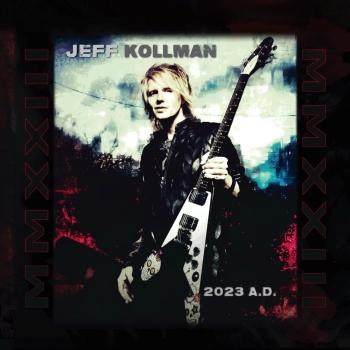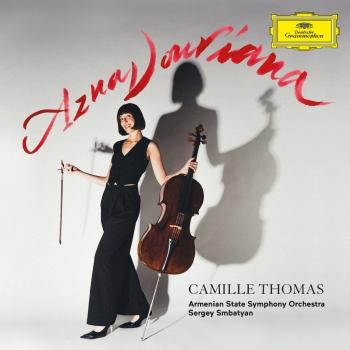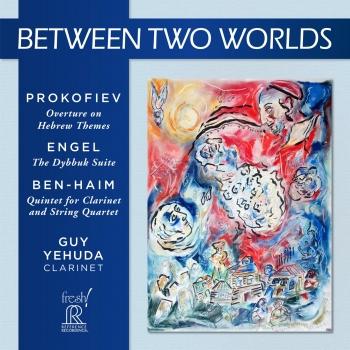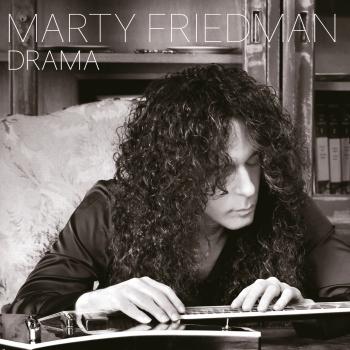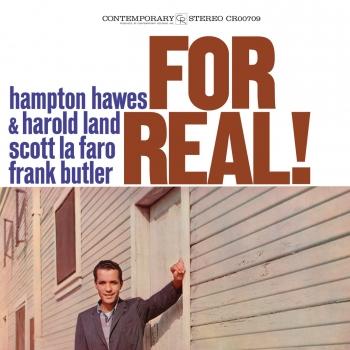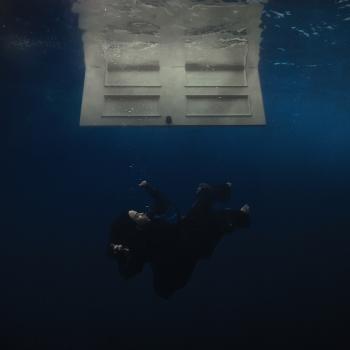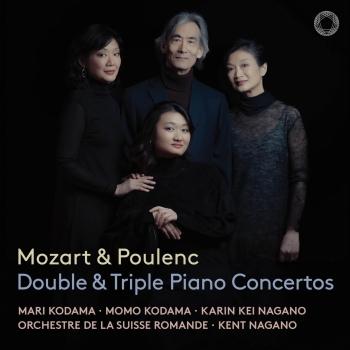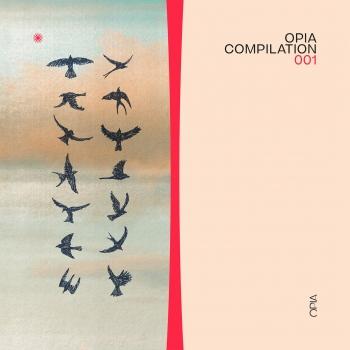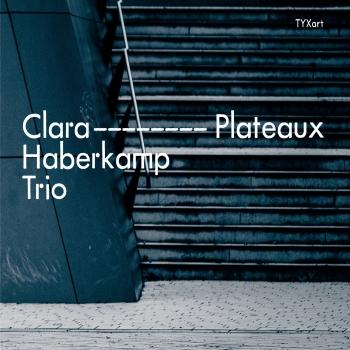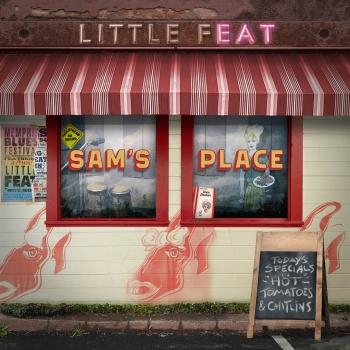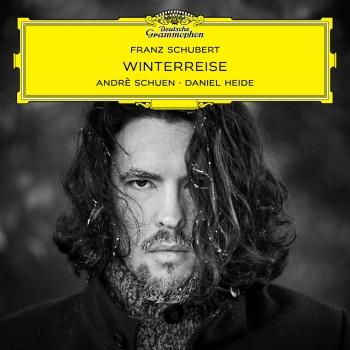
Gustavo Leguizamón: El Cuchi bien temperado Pablo Márquez
Album info
Album-Release:
2015
HRA-Release:
25.02.2015
Album including Album cover Booklet (PDF)
I`m sorry!
Dear HIGHRESAUDIO Visitor,
due to territorial constraints and also different releases dates in each country you currently can`t purchase this album. We are updating our release dates twice a week. So, please feel free to check from time-to-time, if the album is available for your country.
We suggest, that you bookmark the album and use our Short List function.
Thank you for your understanding and patience.
Yours sincerely, HIGHRESAUDIO
- 1Coplas de Tata Dios05:14
- 2Zamba del Carnaval04:21
- 3La Cantora de Yala04:24
- 4Chacarera del Expediente02:46
- 5Chaya de la Albahaca03:26
- 6Zamba de Lozano04:47
- 7El Silbador03:59
- 8De Sólo Estar02:17
- 9Chacarera del Holgado02:33
- 10Carnavalito del Duende04:28
- 11Zamba para la Viuda04:29
- 12Zamba Soltera04:06
- 13Corazonando02:29
- 14Zamba del Pañuelo04:34
- 15Chilena del Solterón02:47
- 16Maturana04:24
- 17Canción del Que No Hace Nada05:44
Info for Gustavo Leguizamón: El Cuchi bien temperado
Guitarist Pablo Márquez celebrates the work of a remarkable figure in Argentinean music: Gustavo “Cuchi” Leguizamón. Leguizamón (1917-2000) was a composer, pianist, guitarist, poet - and also a lawyer and teacher in the city of Salta where Márquez grew up. It was in his teaching capacity that Márquez first encountered him in person: “He was my history teacher at the Collegio Nacional when I was thirteen years old. When I saw Dr Gustavo Leguizamón come into the classroom for the first time, I had no idea that I was in the presence of one of Argentina’s greatest musicians, the composer of famous zambas I’d known and sung since early childhood. Cuchi liked to say that ‘the ultimate accolade for an artist is that people think his work is anonymous’.”
As a composer, Leguizamón was an exceptional melodist and an adventurous traditionalist. The majority of his work consists of zambas, which Márquez considers Salta’s quintessential musical form. Leguizamón brought a sense of harmonic freedom to these dance pieces, incorporating his melodic and harmonic ideas in Argentine traditional music, “without ever losing its essence or strong sense of rootedness”. A builder of bridges between art music and oral traditions, he was inspired by classical music and by 20th century composers including Debussy, Ravel, Stravinsky and Schoenberg; his “Zamba del carnival”, comprised of twelve notes, references Schoenberg’s dodecaphonic series.
For his guitar arrangements of Cuchi, Pablo Marquez alludes to the formal design of Bach’s Well-Tempered Clavier, and its rigorous exploration of all the key signatures . “To provide a wealth of colours I set myself the challenge of never repeating any key. In view of the small number of keys commonly used in solo guitar music it was my way of enriching folk practice.”
The ‘bridge-building’ which Leguizamón proposed is extended in Márquez’s work, although the bridge is perhaps approached from a different direction. Leguizamón was a traditionalist and a popular artist who examined new music “with an autodidact’s passion”. Márquez on the other hand reflects upon his classical background in this encounter with traditional music. “Although I approach it as a ‘visitor’, this music is nevertheless in my blood.”
El Cuchi bien temperado was recorded at Auditorio Radiotelevisione svizzera, Lugano, and produced by Manfred Eicher.
Pablo Márquez, guitar
Recorded May 2012 at Auditorio Radiotelevisione svizzera, Lugano
Engineered by Markus Heiland
Produced by Manfred Eicher

 Pablo Márquez
Pablo Márquez
A pioneer in daring repertoires, exploring as successfully early works as the rich literature of the 20th and 21st centuries, or the folk music of northwestern Argentina, land of his birth, Pablo Márquez is one of today's most sensitive interpreters and talented guitarists. His musical intelligence and peerless technical skills make him a creator much sought after by living composers.
He began playing the guitar at the age of 10 and, three years later, gave his first concert with orchestra in Salta, a city in the northwestern part of Argentina where he grew up and studied. He did advanced study with Jorge Martínez Zárate and Eduardo Fernández, and his years of training came to an end when he was twenty, with first prizes awarded unanimously at the Villa-Lobos (Rio de Janeiro) and Radio France (Paris) international competitions. He would win further prizes in Geneva and Munich, thereby confirming his extraordinary artistic stature. A complete musician, he studied Early Music with Javier Hinojosa, conducting with Eric Sobzyck, Rodolfo Fischer and Peter Eötvös, and was taught by the legendary pianist György Sebők, who had a profound influence on his artistic evolution.
His career has blossomed in more than 40 countries, acclaimed in the most prestigious concert halls (Concertgebouw of Amsterdam, Teatro Colón in Buenos Aires, Théâtre du Châtelet in Paris...) and the leading festivals: Aix-en-Provence, Avignon, Ultraschall (Berlin), Musica (Strasbourg), San Sebastián.... He appears as soloist or in chamber music, with the Rosamunde Quartett, Anja Lechner, Mario Caroli, Anne Gastinel, María Cristina Kiehr, and as a guest of major ensembles and orchestras (Intercontemporain, Nouvel Ensemble Moderne de Montréal, Plural Ensemble of Madrid, Philharmonique de Radio France, Bavarian Radio Orchestra, Baden-Baden Philharmonic...), under the direction of Josep Pons, Susanna Mälkki, Lorraine Vaillancourt, Mark Foster, Pavel Baleff, Christian Ehwalt and Fabian Panisello.
A resolute champion of contemporary music, he has collaborated with Luciano Berio, Mauricio Kagel and György Kurtág. On the occasion of Berio's 70th birthday, Pierre Boulez invited him to perform the Italian composer's Sequenza XI, a work of which he has become the favoured interpreter. He also plays Chemins V, for guitar and chamber orchestra, a work derived from the Sequenza. He has given the first performance of works by, amongst others, Moultaka, Essyad, Maresz, Mantovani, Lazkano, Ibarrondo, Pécou, Strasnoy, Torres Maldonado, Fiszbein, Kampela, Beytelmann, Tanada, Park, Dazzi, Naón and Ortega-Miranda. He was in residence at the Abbaye de Royaumont several times, in particular in 2003 for the Figures Argentines project, in company with Dino Saluzzi and Gerardo Gandini.
His recordings (ECM New Series, Kairos, Naïve) have received numerous distinctions, including the Grand Prix du Disque de l’Académie Charles Cros, the Amadeus Prize and RTL Classique d’Or, 'Best CD of Early Music' (Neue Musik Zeitung in Germany) and 'Classical Music CD of the Year' (Readings, Australia).
Pablo Márquez teaches at the Musik-Akademie in Basle. In Buenos Aires, he received the Konex Prize in recognition of his career achievements and, in 2006, was designated an Illustrious Citizen of the City of Salta.

